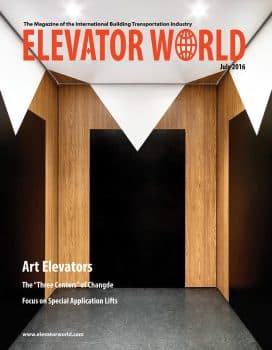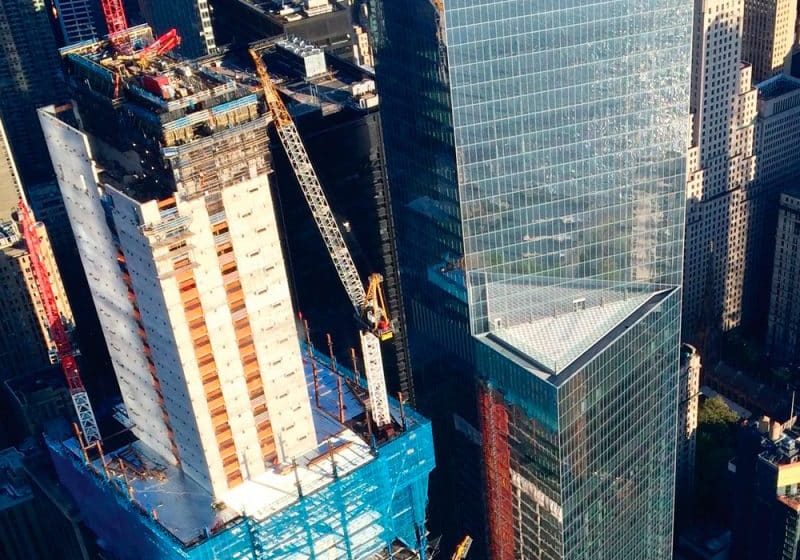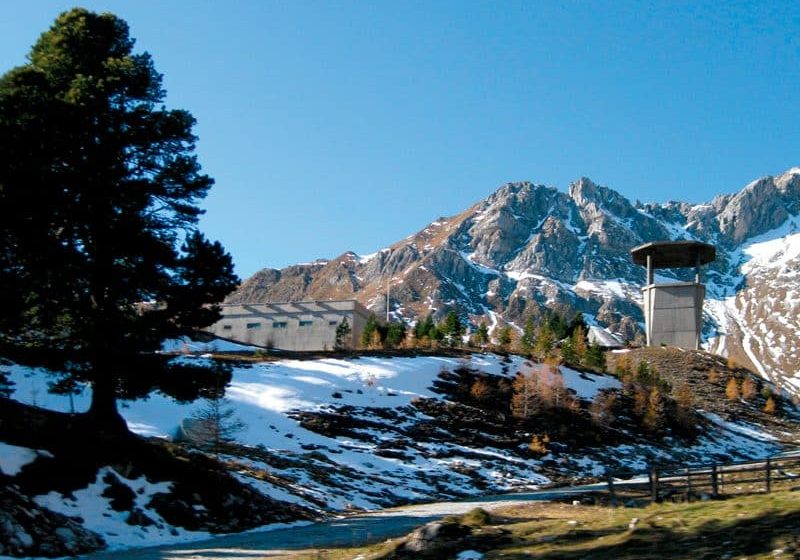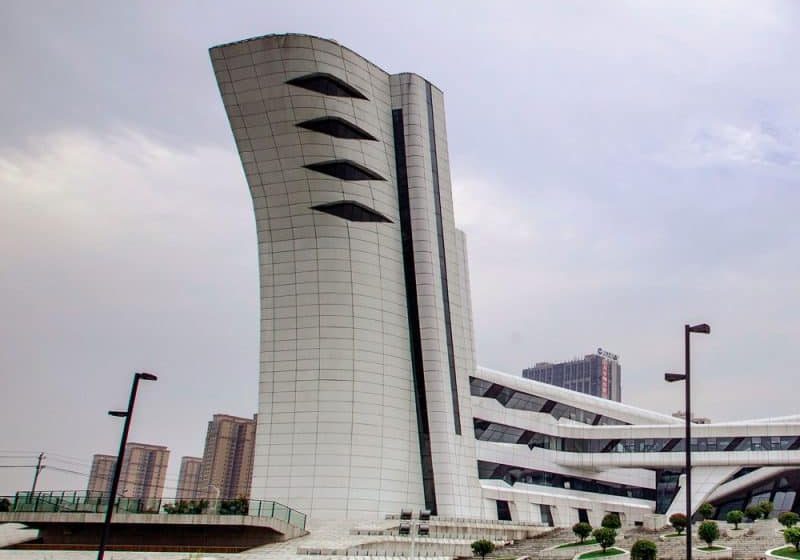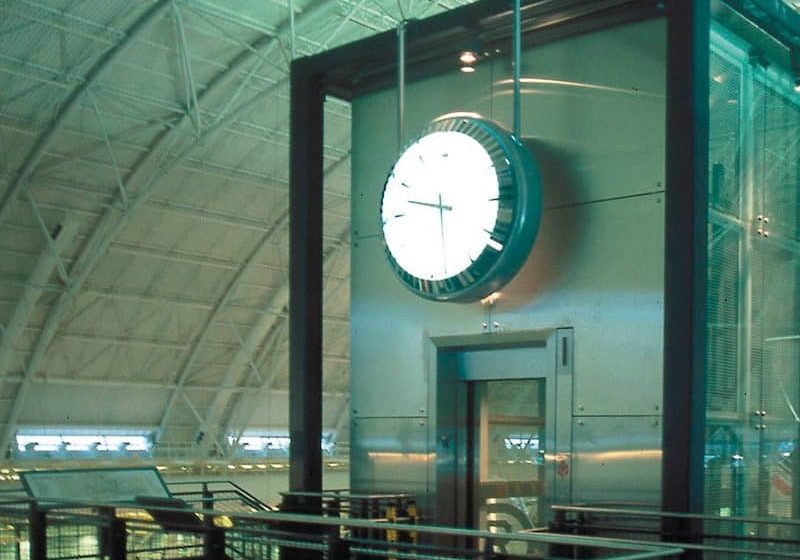Genoa, Italy, other than being the hometown of Christopher Columbus, is well known for its steep hills. The town was built in the narrow space between the Alps and the shores of the Gulf of Genoa, facing the Tyrrhenian Sea. The different districts of this ancient town were developed on different elevations. Since the late 19th century, a system of funiculars have been in place to ease commuter access. In 2004, a public tender for the design of a mechanical connection for Genoa’s Quezzi district was published. Many alternatives were considered.
An assessment of the pros and cons of each option led to the decision to install an inclined elevator. Its advantages, versus a traditional railway or funicular, are mainly related to installation and maintenance costs, but (as often happens in Italy), it took some time before the project was tendered. Maspero Elevatori was awarded the contract in 2013.
The work included supplying and installing tracks for the lift. The main feature of this installation was a 14° change in slope (from 44° to 30°), which was necessary to follow the landscape. This was the first unit of its kind authorized for public, unrestricted use in Italy.
The lift travels 131 m between Pinetti and Fontanarossa streets, originating from an ancient tunnel built as an air-raid shelter during World War II. When the cabin exits this tunnel while running upward after the first 27 m, it is hidden in a trench for the following 23 m, then runs over ground level suspended on a steel structure (also built by Maspero) for the last 81 m. Transit time is around 1.5 min.
Issues presented by the project included demolition of existing structures obstructing the lift’s path and engineering the lift to carry heavy loads. Digging a trench in a high-density urban environment was also a challenge, but the main complexity of the project was related to change in slope.
In the late 1990s, Maspero developed a method to handle this geographic feature using a pivoted car frame that twists on a shaft to keep the cabin floor always horizontal, independent of the angle of inclination of the guide tracks along the path of travel. This method is purely mechanical and completely failsafe. It has been used by Maspero on many occasions, both in Italy and abroad, but the inclined lift in Genoa is the premiere of this layout for public use.
Considering that lifts for public use were never before approved in areas with such variations in slope, the governmental approval process was lengthy and called for precision. Maspero’s experience with this kind of lift eventually led to the project getting the greenlight. The main focus of the public officers in charge was passenger safety, including construction of an emergency pedestrian stairway to allow for safe evacuation of the cabin in case of system failure. This stairway, and its supporting structure and handrail were also supplied and installed by Maspero.
The stops and cabin are monitored by a closed-circuit TV system, and the car is equipped with all the devices required by current European regulations for lifts in public settings, such as folding seats, a wheelchair parking system for passengers with limited mobility, handles and grab bars. It is also equipped with a heating, ventilation and air-conditioning system. The environmental footprint of the lift is reduced through solar panels fitted over the cabin roof.
The lift opened for public use in May 2015 and has been in permanent service since.
Get more of Elevator World. Sign up for our free e-newsletter.


